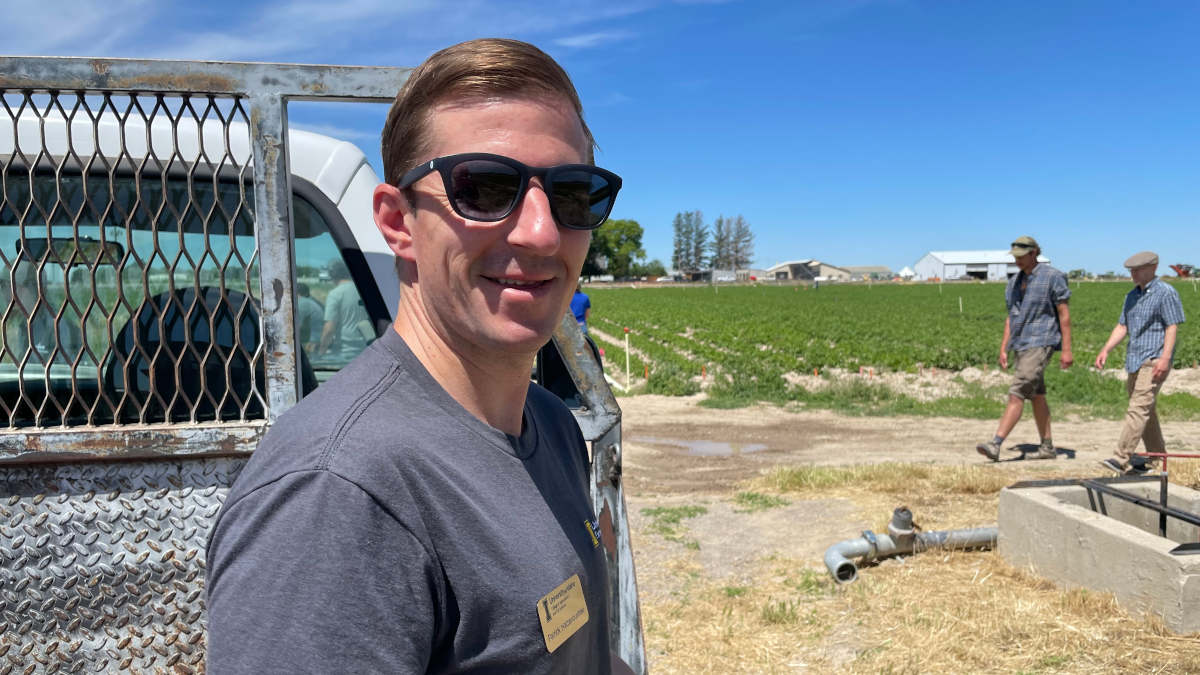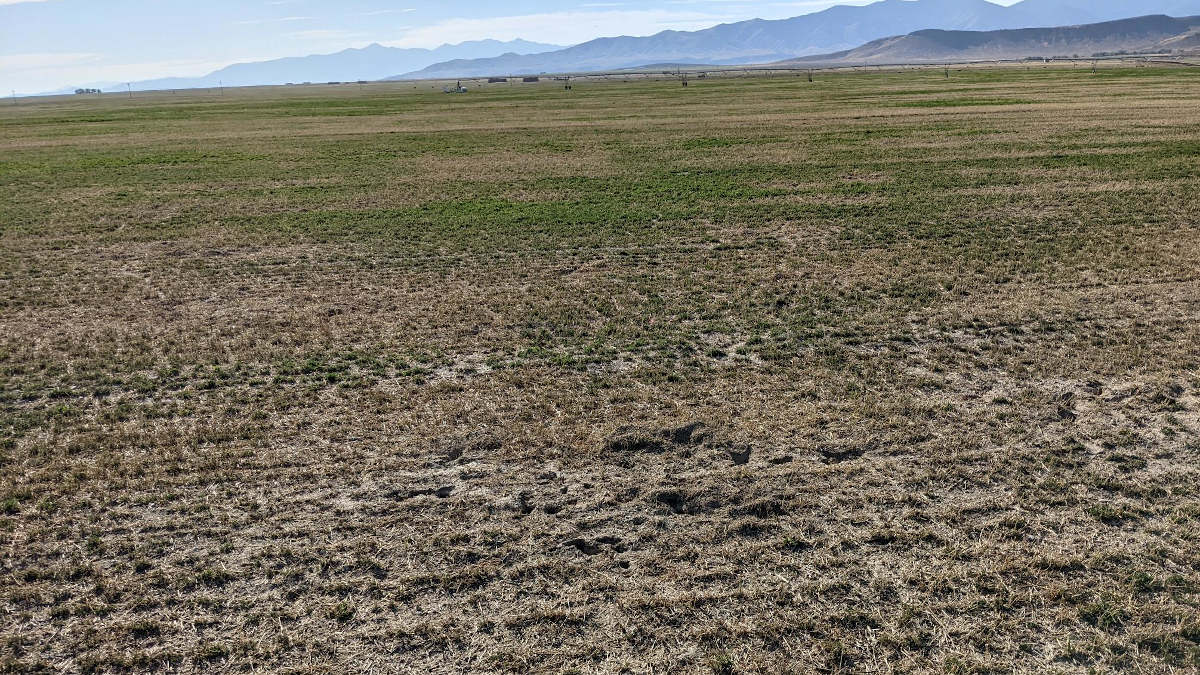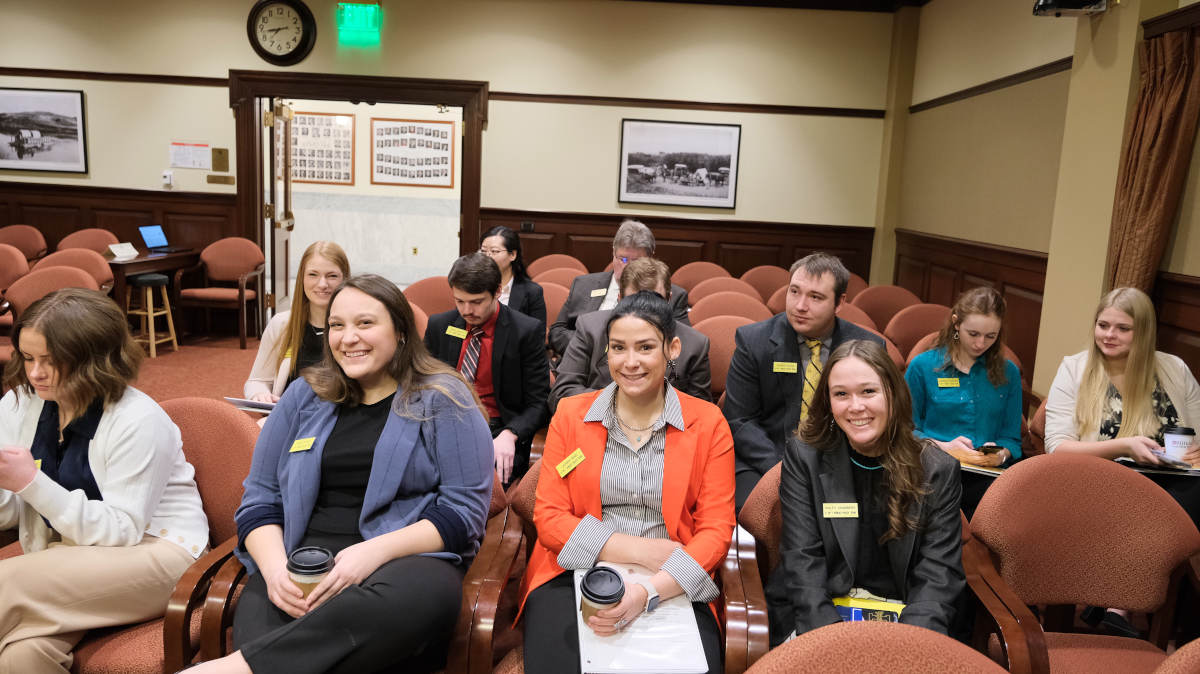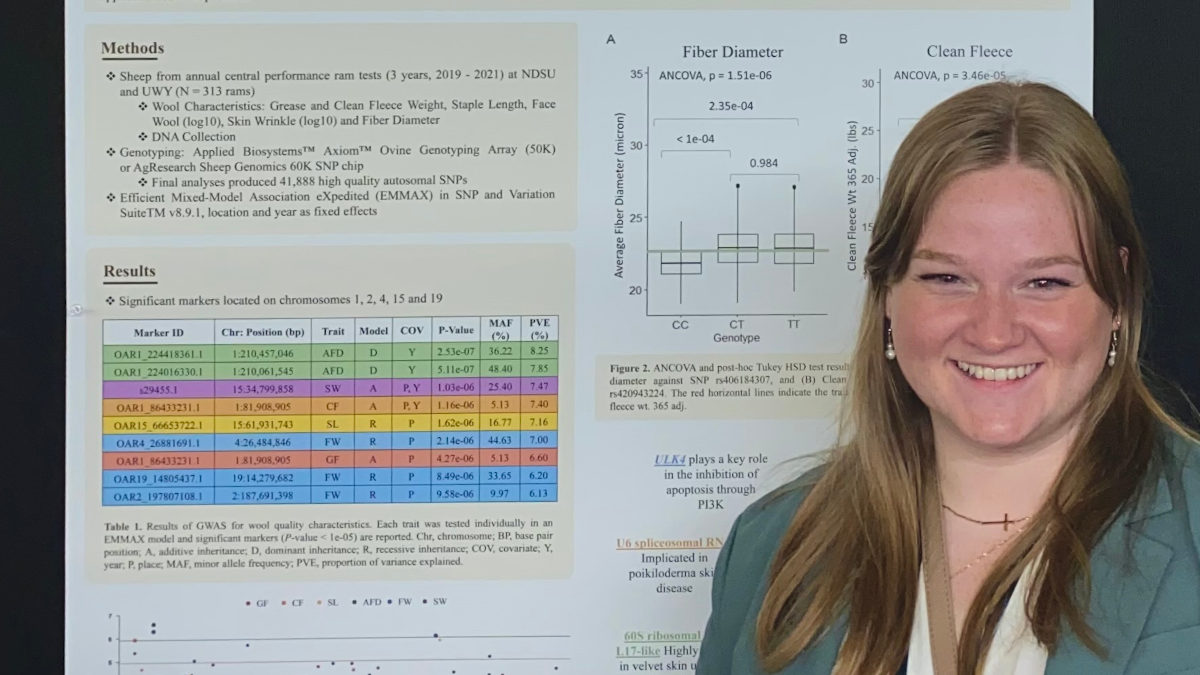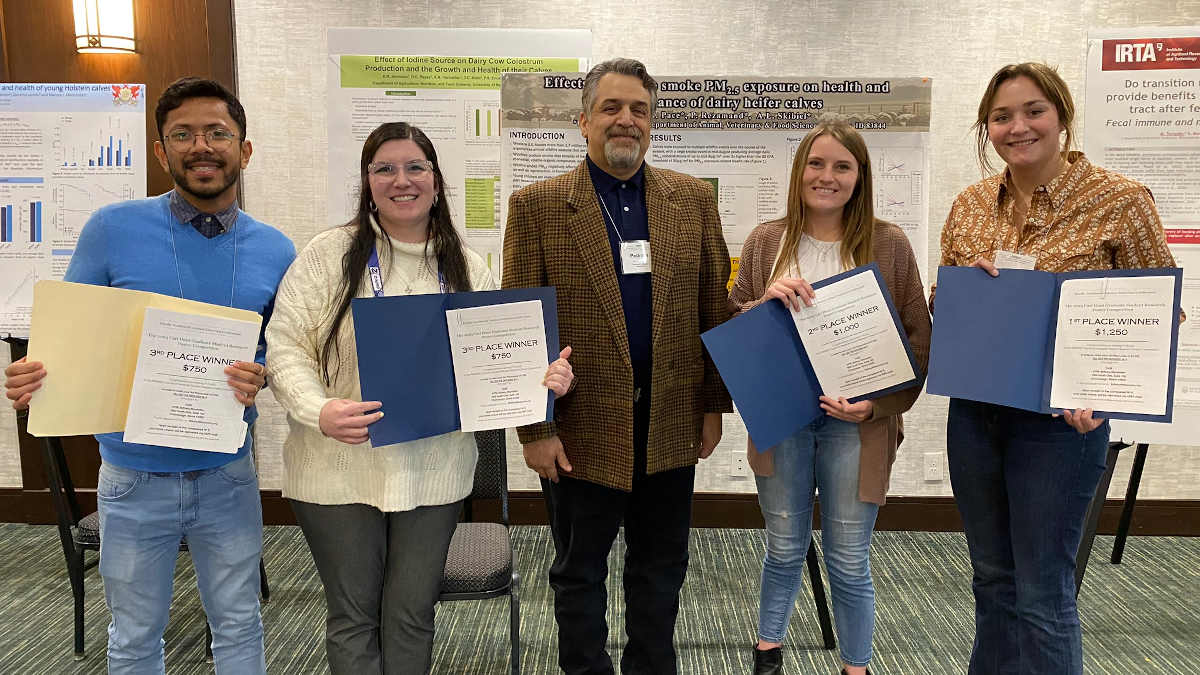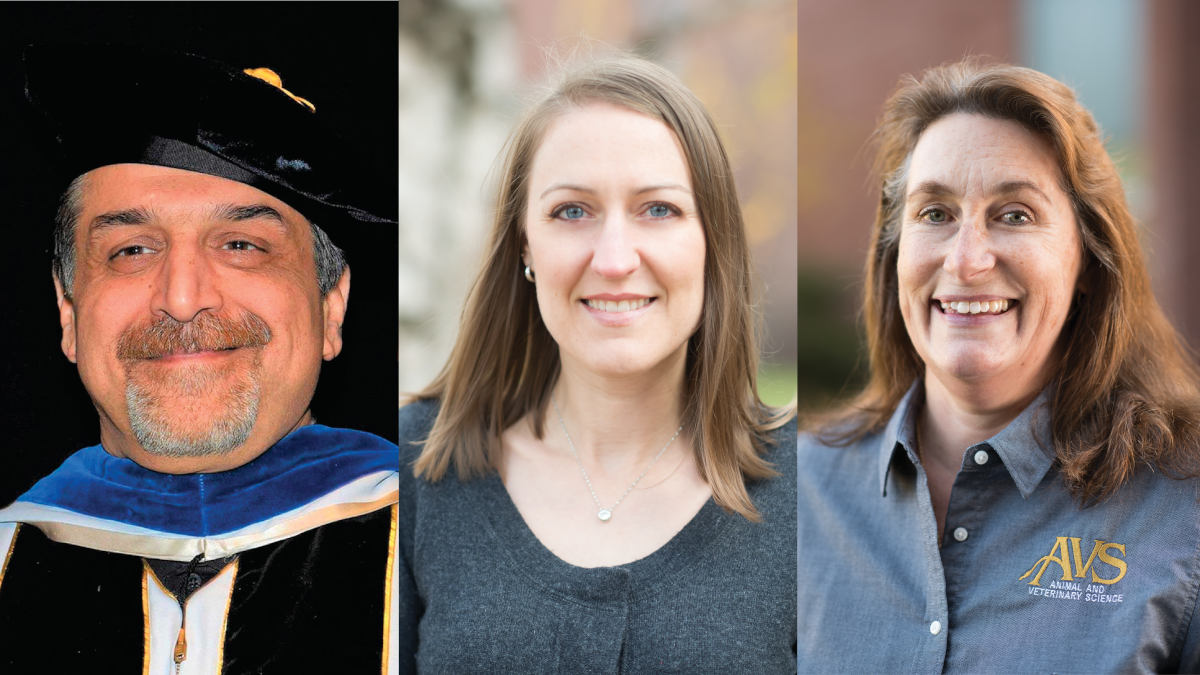Catching Up with CALS — Feb. 8, 2023
Dean's Message — ARES Offers Great Return on Investment
What’s the value of the Idaho Agricultural Experiment Station and University of Idaho Extension (collectively referred to as ARES) to agriculture in the state and to all Idahoans? It’s an excellent question that members of the state legislature posed to U of I President Scott Green in late January during education week in Boise. To put it simply, Idaho lawmakers won’t find a better return on their investment. The programs represent two of the four cornerstones that have made U.S. agriculture the envy of the world today. In May of 1862, President Abraham Lincoln laid the first cornerstone with the creation of the U.S. Department of Agriculture. Devoted to ensuring a safe and ample food supply, Lincoln called USDA “The People’s Department.” The second cornerstone came just a few months later, when Lincoln signed the Morrill Land-Grant Acts into law, authorizing proceeds from federal land sales to fund state land-grant colleges with an emphasis on teaching agriculture, mechanical arts and military tactics. In 1887, under President Grover Cleveland, passage of the federal Agricultural Experiment Stations Act provided funding and infrastructure to conduct agricultural research within the new land-grant college system. The mechanism to make this research accessible to farmers and the general public came via the Smith-Lever Act of 1914, approved under President Woodrow Wilson. It created a system of cooperative extension services associated with land-grant universities to teach advancements in agricultural techniques, as well as informing the public about developments in areas such as government and home economics.
The U.S. is blessed with vast expanses of arable land, suitable for growing a wide variety of crops. The greatest advantage American farmers enjoy, however, is that when they face a challenge, they can count on USDA, land-grant agricultural colleges and industry to collaborate and deliver solutions. Colleges of agriculture at land-grant universities, such as CALS at U of I, are front and center in helping producers overcome supply chain issues, better market their products and implement new technology to improve production practices. The forthcoming U of I-led Idaho Center for Food Agriculture and the Environment (CAFE), which will include the nation’s largest research dairy in Rupert, is a prime example of how such partnerships between colleges of agriculture, the USDA and industry can brighten producers’ futures. Idaho CAFE’s core mission will be finding ways for Idaho’s dairy industry to operate sustainably and with less impact on the environment for decades to come. A project associated with CAFE and funded with a $10 million USDA grant is already underway to develop a bioeconomy involving useful products made from dairy manure. That research supports 30 graduate students. Our planned meat science center will train the next generation of meat scientists, who will help address a critical labor shortage facing the beef industry. Both animal research facilities are bound to boost the state’s economy, given that Idaho is one of nine states in which cattle outnumber people.
Agriculture accounts for nearly 20% of Idaho’s economic output, making the ARES network a solid investment. For every dollar invested in agricultural research, USDA estimates a rate of return of between 20% to 60%. In 2017, CALS commissioned a study to determine the economic impact of three of our research and extension centers – Aberdeen, Parma and Kimberly. According to that study, an investment of $8.1 million at these facilities during Fiscal Year 2016-2017 resulted in $11.5 million in additional agricultural sales for the state. State investment also helps CALS bring in additional revenue benefitting producers. Last year, our faculty brought in a record $39.6 million in external funding for research and extension programs. Successes made possible by these grants will open the door to additional grant funding in the future. All of this increases the reputation and national standing of CALS and the U of I. CALS is currently ranked as the 23rd best college of agriculture in America.
ARES develops better crop varieties, improves production practices and increases ways to protect crops from pests and diseases. Furthermore, UI Extension faculty made 480,000 contacts with the public in 2022, bettering lives in the process. We thank our lawmakers and patrons for their support, and the data shows that we make exceptional use of every dollar.

Michael P. Parrella
Dean
College of Agricultural and Life Sciences
By the Numbers
University of Idaho Extension is involved in a project, “Women Farmers on the Rise in the U.S. and Idaho: Understanding and Supporting Women Farm Operators,” exploring gender bias and how it has shaped polices, creating barriers that have disadvantaged female farmers, especially relating to their access to land and USDA programs. According to USDA’s 2017 Census of Agriculture, 70% of farm operations in Idaho have at least 1 woman operator, equal to 16,134 farm operations in Idaho with at least 1 operator. Furthermore, 39% of farmers in Idaho are women, for a total of 17,230 female farmers. Of Idaho’s principal farmers, 45% are women, and 35% of women principal farmers in Idaho listed farming as their primary occupation. There are at least 10,896 women principal farmers in the state. Nearly 80% of Idaho women primary producers report annual gross farm sales below $150,000, compared with 15% of Idaho women primary producers who report annual gross farm sales of above $1 million.
Our Stories
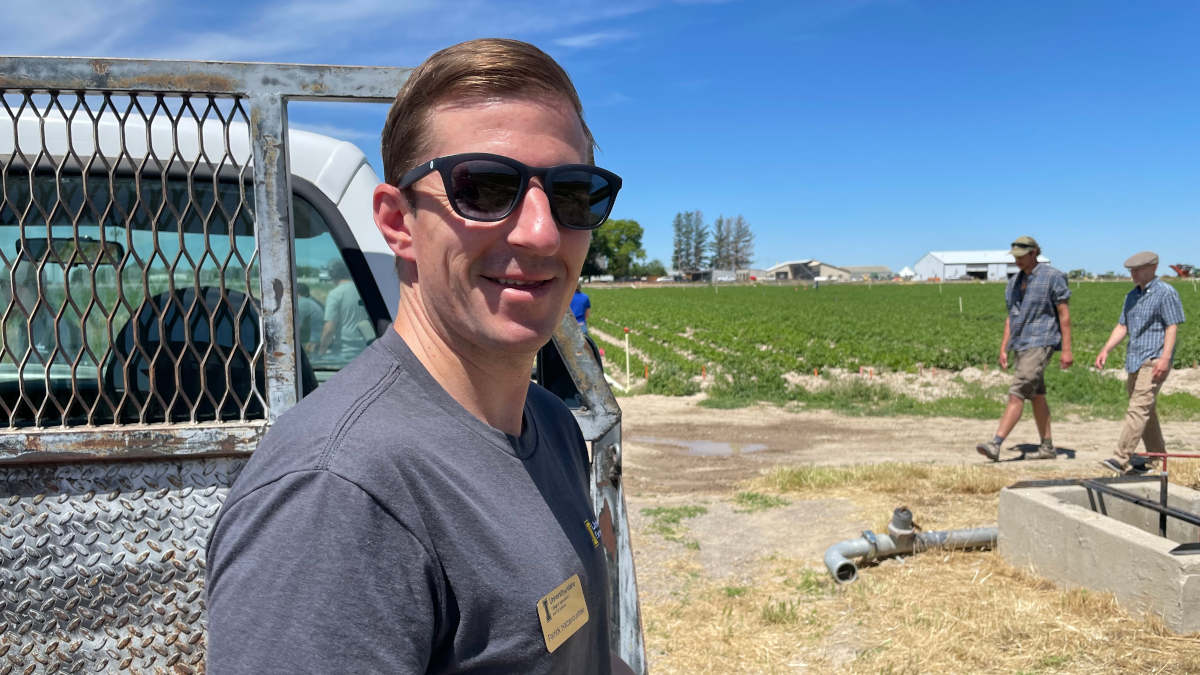
Helping Farmers Find Tax Resources
A University of Idaho Extension agricultural economist was recently chosen as the state’s contact for a new federally funded program aimed at expanding tax-related educational resources for agricultural producers.
As Idaho’s contact for the Agricultural Finance, Tax and Asset Protection program (AgFTAP) — created under the federal Inflation Reduction Act (IRA) — Twin Falls-based economist Patrick Hatzenbuehler will help connect farmers and ranchers to educational resources and specialized experts for agricultural tax issues.
He’ll also share educational resources and relevant workshops regarding general farm business taxes and asset protection on the online repository, https://agftap.org.
The creation of AgFTAP is associated with the U.S. Department of Agriculture (USDA) announcement on Oct. 18 of a program offering $3.1 billion in assistance to financially distressed borrowers of Farm Service Agency (FSA) loans. USDA provides credit to about 115,000 agricultural producers who are unable to obtain traditional loans.
Hatzenbuehler recently attended a day-long training session in Salt Lake City covering AgFTAP, details of the related financial assistance program and the role state AgFTAP contacts will play in helping farmers access educational resources.
Hatzenbuehler was invited to participate by the directors of the Western Extension Risk Management Education Center in Pullman, Washington.
“What they’re trying to do is create a more national infrastructure for some of these tax and asset protection education resources than currently exists – taking the expertise we do have throughout the U.S. and allowing it to spread to more places that do not currently have that expertise,” Hatzenbuehler said.
The new assistance program has paid off thousands of FSA loans and helped borrowers avoid bankruptcy and foreclosure.
Several Extension faculty members from throughout the country serve on a National Farm Income Tax Extension Committee, which specializes in education about general farm tax issues. Members of that committee have been instrumental in developing educational content for AgFTAP.
Hatzenbuehler does not serve on the committee and is not an expert in farm taxes. Rather, he specializes in trade, marketing and price analysis. He was chosen as the state’s contact based on his extensive connections with farm tax experts.
“One of the members of the National Farm Income Tax Extension Committee has developed a tax planning tool which is like a spreadsheet that also includes tax implications. That’s one of the resources I could point people towards,” Hatzenbuehler said.
People with questions about the tax implications of USDA programs may visit ruraltax.org or www.farmers.gov/taxes. They may also contact Hatzenbuehler at 208-736-3607 or phatzenbuehler@uidaho.edu for assistance in reaching the appropriate expert member of the National Farm Income Tax Extension Committee.
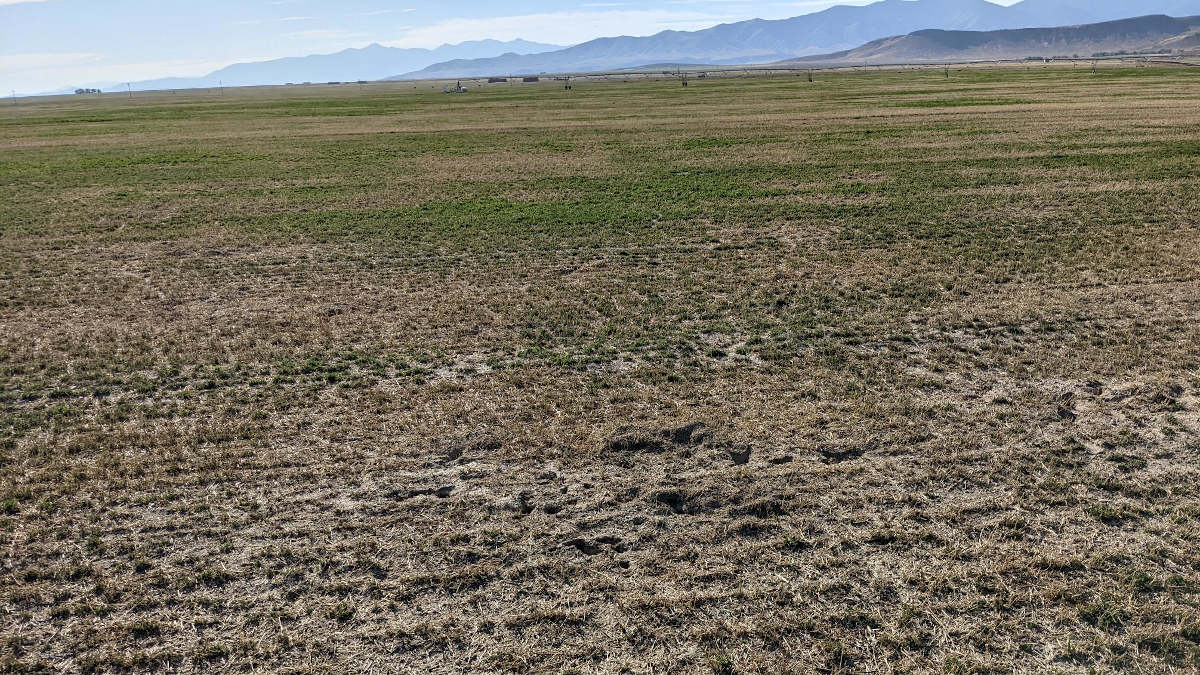
Vexed by Voles
When Idaho’s vole populations spike, environmental factors and a corresponding surge in predators usually bring their numbers back into equilibrium by the following year.
In the Mud Lake area of Jefferson County, however, the mouse-like, burrowing rodents have been plaguing farmers for three consecutive seasons, with no relief in sight.
Last fall, the problem grew so acute in the rural eastern Idaho community that area farmers called an emergency meeting attended by congressional leaders, state lawmakers, regulators and University of Idaho Extension staff. Shortly after the meeting, Idaho Governor Brad Little flew over the area in a helicopter to survey the damage.
UI Extension experts who have been contemplating how to address the problem in Mud Lake and other pockets of the state where voles are running rampant acknowledge there’s no “silver bullet” solution, but they’ve identified several simple practices to help growers better weather the storm.
UI Extension Educator Joseph Sagers, Jefferson County, believes it might be worthwhile for growers to consider pre-baiting. Zinc phosphide, the most used toxicant for vole control, is commonly applied to wheat, oat or millet seed and broadcast onto fields for voles to consume. Broadcasting untreated grain seed onto fields, known as pre-baiting, aims to increase voles’ appetite for the bait, thereby leading them to eat more of it when growers spread treated kernels.
Sagers also plans to host a demonstration project for area growers, setting up barn owl boxes to support predators. UI Extension Educator Jason Thomas, Minidoka County, has promoted the use of predators to control voles and has posted free plans online for farmers who would like to make their own boxes.
Sagers distributed a survey to farmers at last fall’s vole meeting to assess the scope of the problem. Yield losses in the hardest-hit crop, alfalfa, averaged 27% among the survey’s 30 respondents. Many farmers said they were forced to take fields out of alfalfa after only two years, rather than the five to eight years of alfalfa they expected to get.
“They had 27% yield losses. That’s really bad for operations working on single-digit profit margins,” Sagers said. “They’ve reached this critical mass in the alfalfa fields that voles are spreading out into other fields.”
In potatoes, even a small amount of vole damage may cause tubers to turn green and decrease crop value. Voles have also been decimating small grains, rangeland and sugar beets.
Sagers plans to conduct another survey of area farmers to gather additional information, and he’ll be working with UI Extension agricultural economist Patrick Hatzenbuehler to evaluate the economic impact of voles in the county. Sagers may also set up trail cameras in certain fields to help quantify vole numbers.
Terreton farmer Steve Shively advocates for a local disaster declaration to fund the widespread distribution of zinc phosphide bait.
“I think it’s going to take a disease to get them to thin out,” Shively acknowledged. “We’ve had to tear up some of our alfalfa just because it was chewed up too bad and too rough. We had some fields we were tilling two or three times trying to thin them out and planting winter wheat, and the voles were still in there.”
Some of the same shifts in practices that have made Idaho farmers better stewards of the environment have also given voles an advantage. Throughout the past few decades, vole outbreaks have gotten worse as growers have dramatically reduced tillage to improve soil health, while also installing highly efficient sprinkler systems in fields that were formerly flood irrigated. The combination of deep, moldboard plowing and flood irrigating formerly disturbed a lot more vole habitat and subterranean dens.
“We’re having alfalfa that survives longer and we’re doing better with no-till, which is amazing for soil health, but as we build these efficient crop systems it’s making things better for the voles,” Sagers said.
In southeast Idaho and the Magic Valley, the vole population explosion started last fall, thanks to perfect habitat conditions and an abundance of grass and forage. Danielle Gunn, a UI Extension educator based at the Fort Hall Reservation, believes producers should begin gathering hard data on vole losses in support of the establishment of a vertebrate task force to help tackle the problem.
“If we can begin working more cohesively with growers and vertebrate pest specialists, we can compile vole-loss statistics, track populations by year and develop additional solutions to this significant problem,” Gunn said.
Gunn’s primary advice to growers for the time being is to carefully follow product labels when deploying vole-control toxicants, making sure to use bait at the proper timing. For example, voles prefer to eat surrounding vegetation and ignore bait when stubble height in fields is greater than 2 inches.
In addition to modern tillage and irrigation practices, Gunn believes the proliferation of cover crops, development pressure, land conservation programs and the shift toward mild, open winters and wet springs and falls due to climate change have contributed to worse vole outbreaks. Typically, vole populations experience a minor peak every four to six years, with epidemic population increases occurring every 10 to 12 years.
Gunn advises farmers who have the flexibility to rotate out of alfalfa in favor of crops with fibrous root systems, such as wheat, when voles become a problem. Gunn recommends cultivating a 15- to 30-foot perimeter of bare ground surrounding fields, as voles are wary of crossing areas where there’s no cover due to predator concerns. Furthermore, growers may wish to use anticoagulant bait adjacent to those perimeters, taking care not to use it directly in crops.
Removing weeds surrounding fields and burning vegetation along ditch banks can also help farmers eliminate vole habitat and food sources. In some foreign countries where voles have caused major crop losses, producers have buried 5-gallon buckets in fields, each filled with a little water to trap the rodents that fall in them. Gunn believes the approach is worth a look in Idaho.
The bad news for farmers is that the U.S. Environmental Protection Agency has been reviewing some of the crucial toxicants used in vole control, and new restrictions may be forthcoming.
“It’s really important that we start being more proactive with the problem,” Gunn said.
Faces and Places
CALS students in AGEC 410, Experiencing the Idaho Public Policy Making Process, traveled to Boise recently to learn first-hand how policy is made and the process through which it gets passed into law. They also had the opportunity to discuss current policy issues with industry and legislative officials. The class is taught by Chris McIntosh, Agricultural Economics and Rural Sociology department head, and made possible by generous support from members of Food Producers of Idaho.
Julia Woods, a senior from Boise studying animal and veterinary science: pre-vet option, presented her research on genetic findings for wool traits in Rambouillet sheep at the Plant and Animal Genome Conference held Jan. 13-18 in San Diego. Also attending the conference were graduate students Morgan Stegemiller, Gabrielle Becker and Sarem Khilji, members of Associate Professor Brenda Murdoch’s Livestock Genetics Lab. Woods’ trip to the conference was funded in part by generous donations to the CALS Dean’s Excellence Fund.
Alexandra Pace, an animal science graduate student from Walton, Nebraska, placed second in the Carl Hunt Graduate Student Research Poster Competition at the Pacific Northwest Animal Nutrition Conference in Boise. Pace is working with faculty Amy Skibiel and Pedram Rezamand to research the effects of wildfire smoke particulate matter exposure on health and performance of dairy heifer calves. CALS alum and current University of Alberta graduate student Allison Wolfe placed third in the competition. Rezamand is the U of I representative on the planning committee for the annual conference.
CALS researchers Amy Skibiel, Pedram Rezamand and Denise Konetchy have been awarded a $299,985 USDA NIFA grant to support their work in studying the effects of wildfire smoke exposure in dairy cattle. The grant will support efforts to generate timely and relevant resources to facilitate preparedness and responsiveness of the dairy industry to wildfire events and investigate how exposure of pregnant cows to wildfire particulates impacts calf health and development after birth.
Tune in to listen to Burley-based Redox Bio-Nutrients discuss their recent $500,000 gift to the University of Idaho-led Center for Agriculture, Food and the Environment (CAFE) on their podcast, Redox Grows.
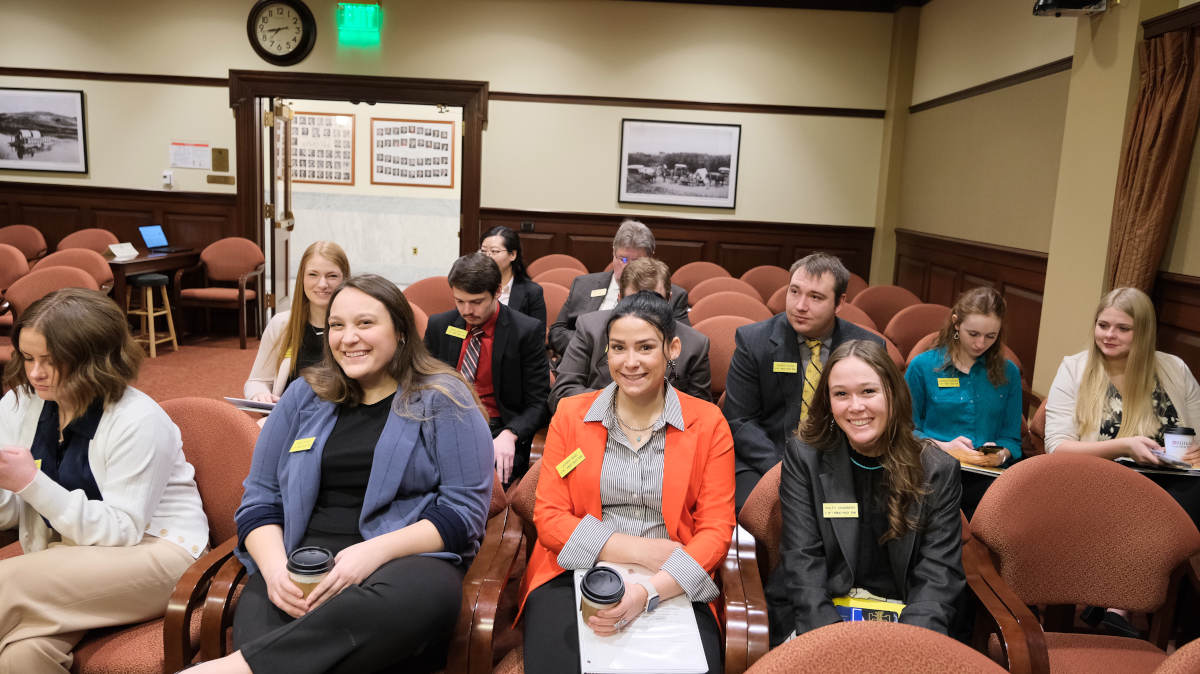
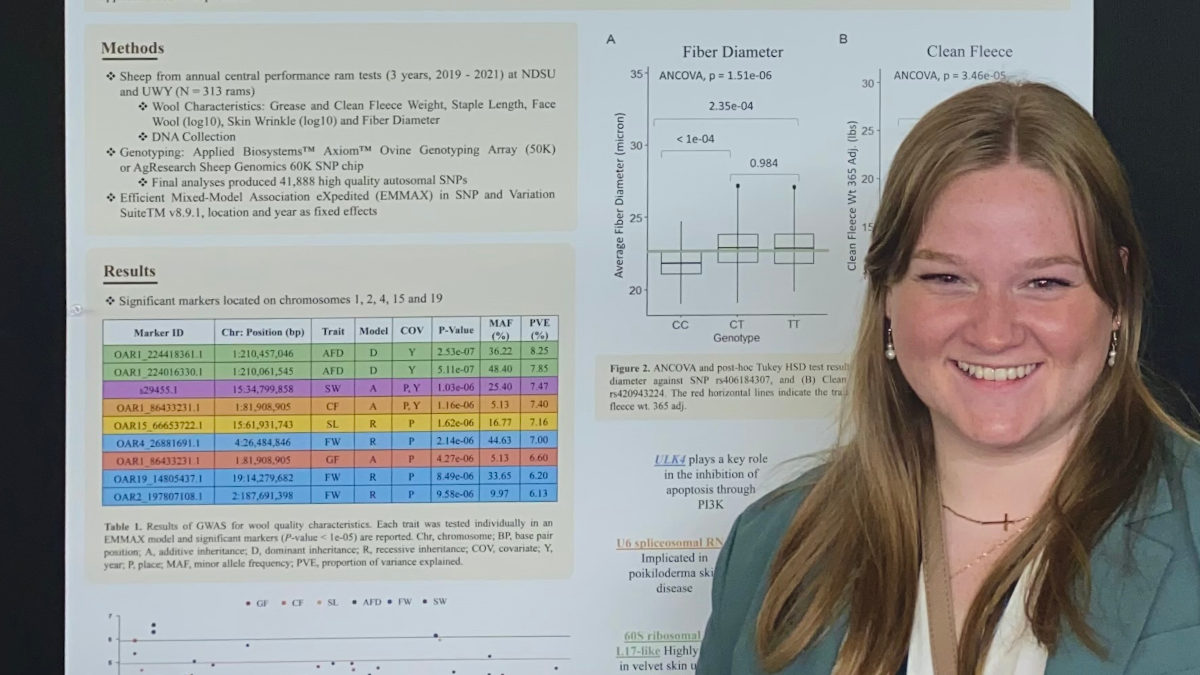
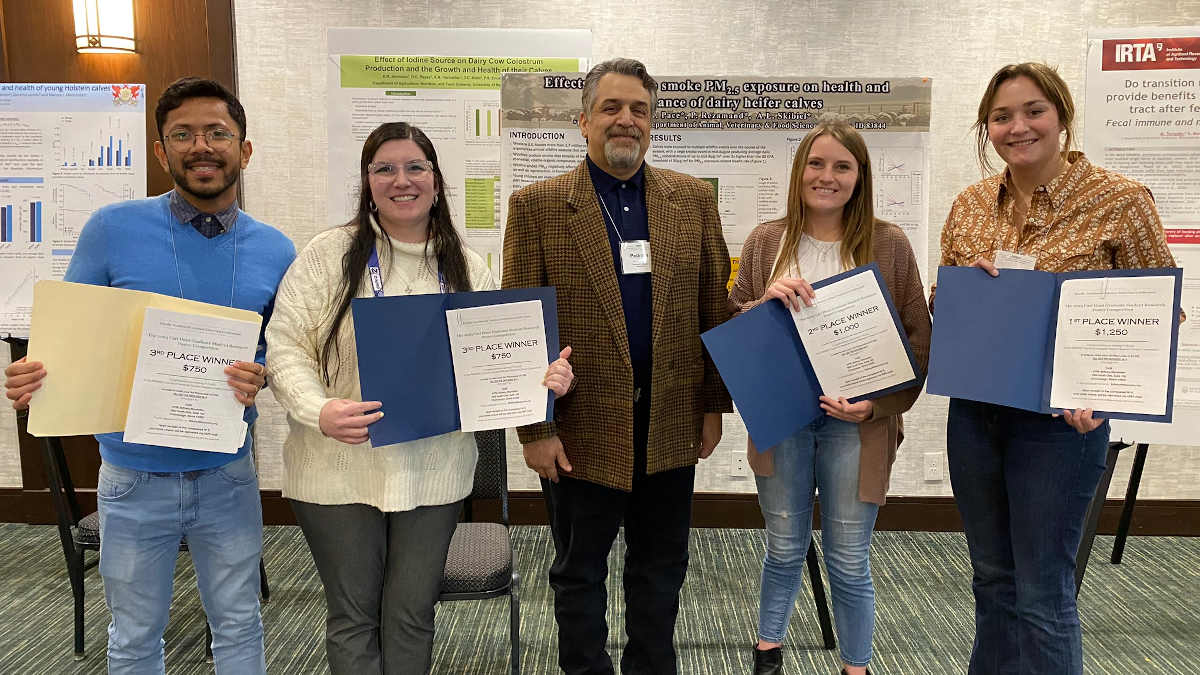
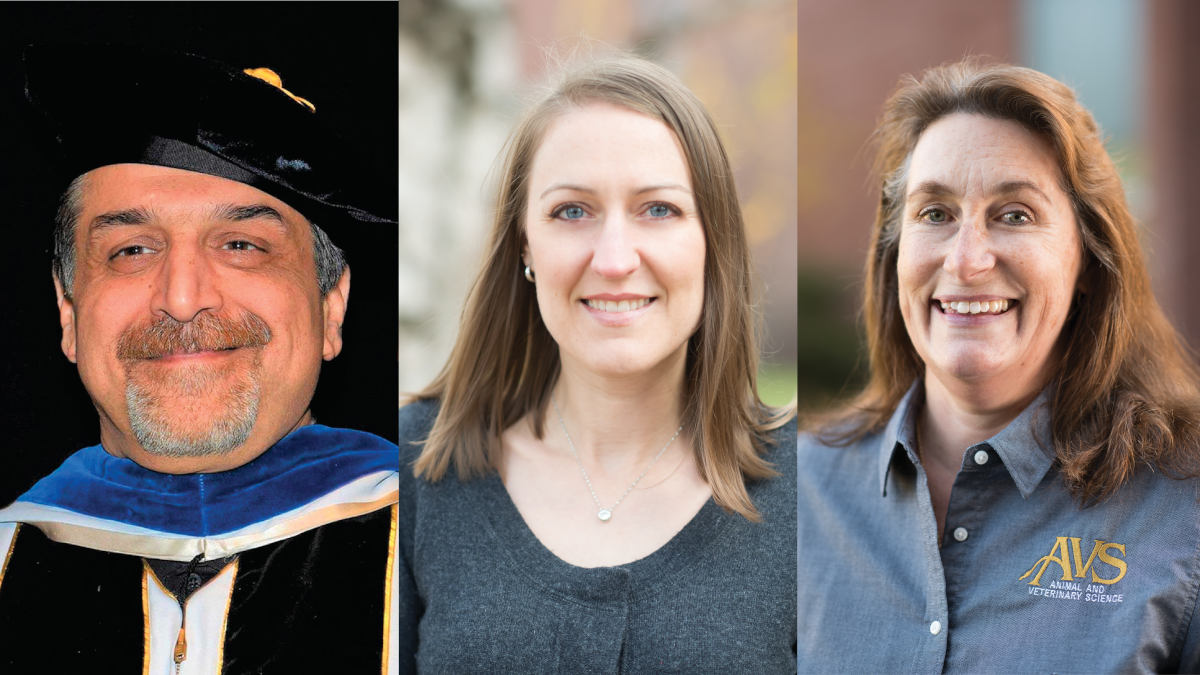
Events
- Nov. 16-April 19, 2023 — Heritage Orchard Conference, online
- Feb. 7-10 — Cereal School – Feb. 8; Pocatello; Feb. 9, Idaho Falls and St. Anthony; Feb. 10, Grace and Preston, contact Justin Hatch at 208-547-3205
- Feb. 15 — Deadline for submitting responses to the Needs Assessment Survey, which is available in English and Spanish, to help guide UI Extension programming into the future.
- Feb. 21 and Feb. 28 — Transferring Land to a New Generation: Introduction to Farm Succession Planning, online 7-8:30 p.m (MST)
- March 16 — QuickBooks for Farming and Ranching, four-week course, online, contact Ron Patterson at 208-529-1390
- Feb. 1-Feb. 28 — Applications will be accepted through the end of February for paid summer internships, which include free lodging, at the UI Sandpoint Organic Agricultural Center; contact Kyle Nagy.
- Feb. 21 — CALS Alumni Awards Reception from 5:30-7 p.m. (MDT) at the Boise Centre, 850 W. Front St., Room 110, Boise.







